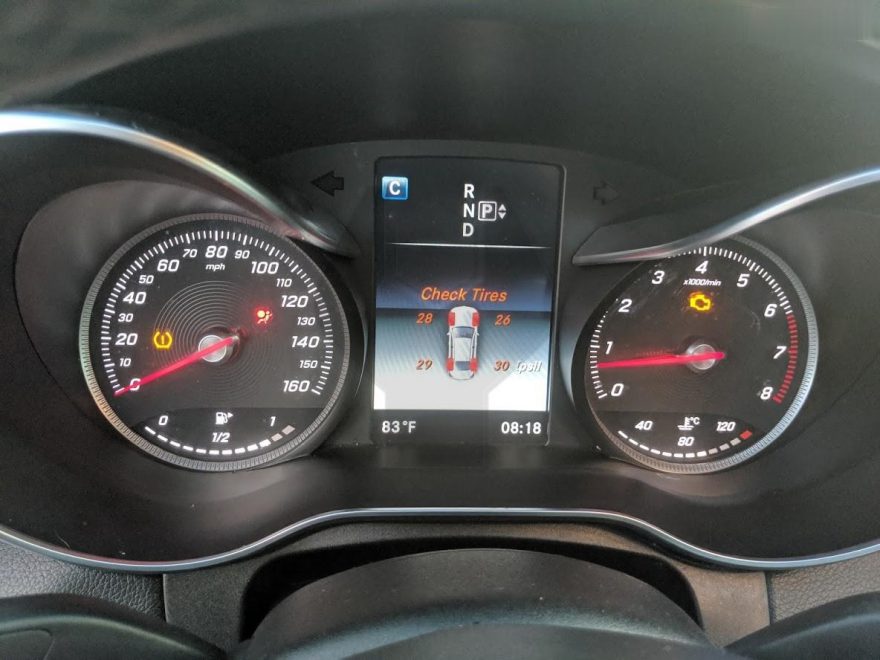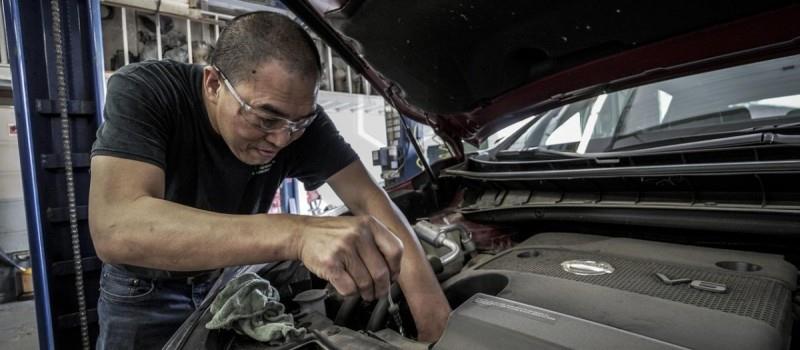
As states begin to lift the lockdown, self-quarantine, and stay-at-home orders, vehicle owners find out that their car won’t start or are hearing strange noises when they start the engine or drive.
Basic car maintenance is still important even during the quarantine. Let’s take a look at a few car problems that can develop during quarantine and what you can do to avoid these problems.
Weak Battery
The first thing that you will notice if you don’t use your car for an extended time is that the battery will get weak. The engine will struggle to turn over, or in some cases, a dead battery will prevent you from starting the car.
Even when your car is parked and not in use, the battery itself is still in use, which means the battery is slowly discharging. A small current, typically in the 200-600 mA range, is drawn by one or more modules such as the security system and door lock module. This is normal and is not a problem when the car is parked for only a few days.
This becomes an issue when you leave the car parked for weeks, which can be the case during the quarantine.
When you try to start the vehicle, you may hear the engine turning over very slowly, or even worse; you may hear a click, click, click from the starter. These are symptoms of a weak battery. You may need to jump-start your vehicle or simply use a portable Lithium Jump Starter to get the car running again.
Here are some tips that can help you prevent your car battery from discharging.
Drive vehicle during quarantine to keep the car battery charged

The cheapest solution is to drive the vehicle once a week or keep it running at the idle outside (not inside the garage) for at least 20 minutes a couple of times a week. This will allow the alternator to charge the battery. Doing this regularly every week is enough to charge the battery in cars that have a good battery and no electrical issues.
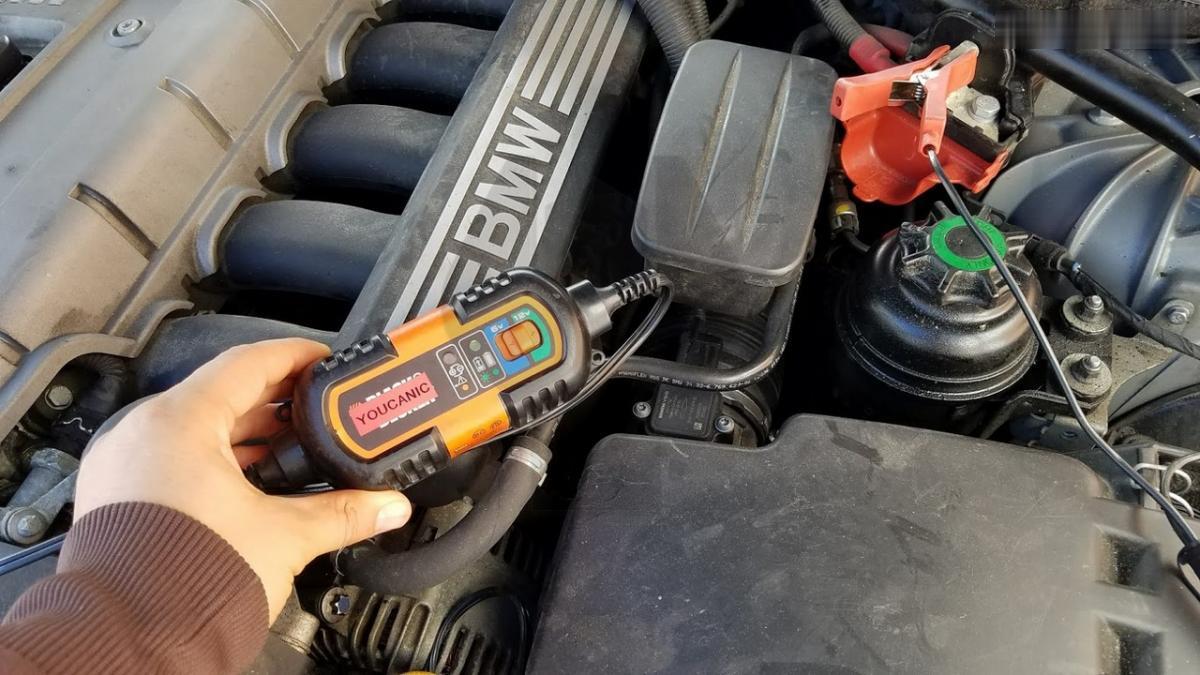
Charge car battery during quarantine covid-19 pandemic
The ideal solution, especially if your car battery is over three years old, is to connect a trickle charger and keep the battery fully charged at all times. You can connect the trick charger to the jump-starting terminals that most newer cars have in the engine bay.
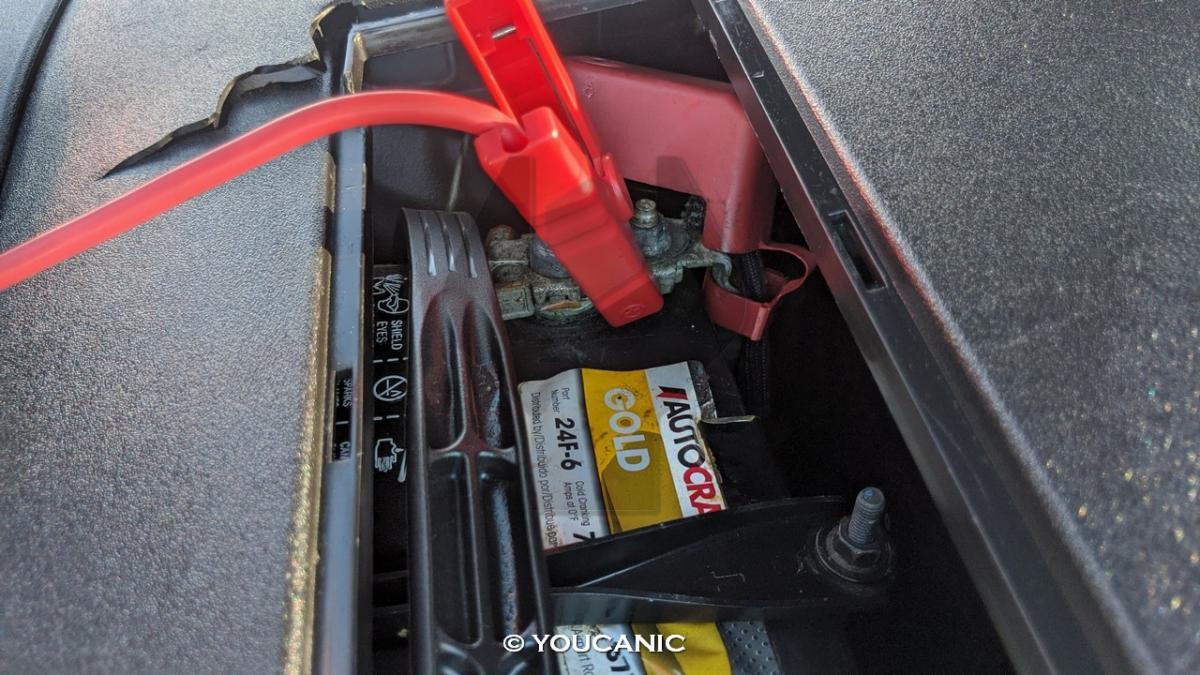
jump start car battery during pandemic quarnatine
Otherwise, connect the red clamp on the positive (+) battery terminal and the black clamp to the frame, ground point, or unpainted bolt. Set the charger at 12 volts and the charge rate between 1 to 5 A and plug it into a wall outlet.
A smart 12-volt trickle charger will keep your car battery fully charged for as long as you need it without overcharging it.
Rusted Rotors
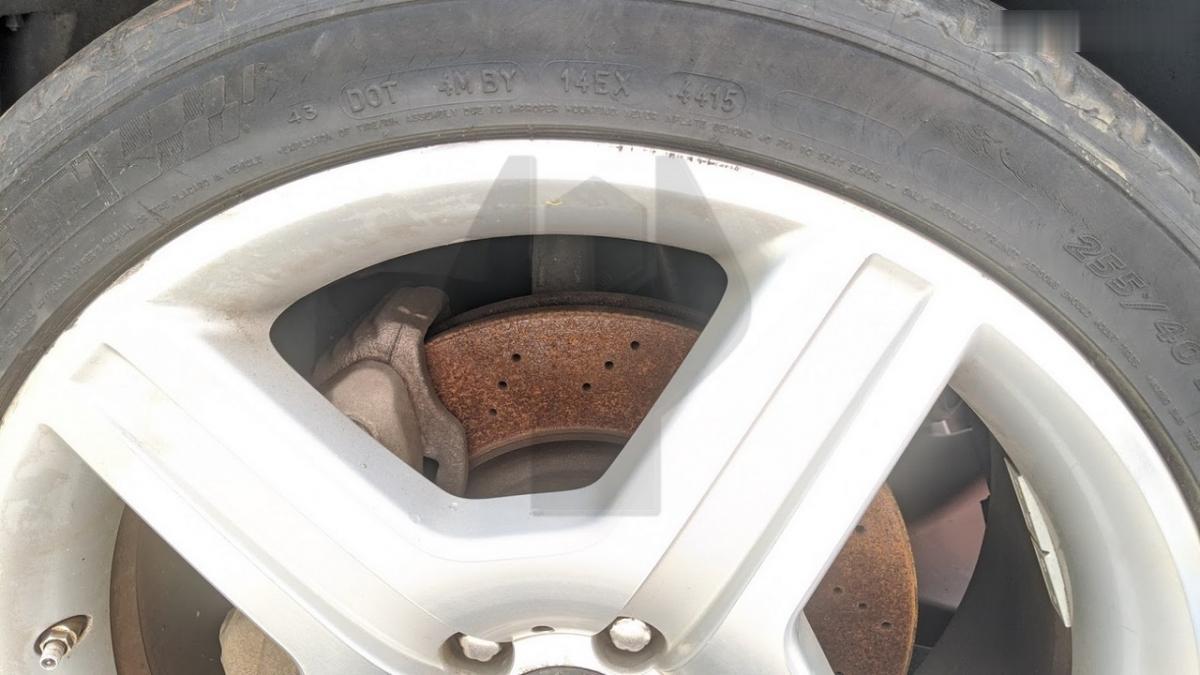
Rusted rotors while car parked during quarnatine pandemic
Rotors will start to rust as you leave your car parked for an extended time. While this is normal, you should try to avoid rust buildup on any car parts, including rotors, whenever possible.
Driving the car once a week for a few minutes will keep rotor rust levels down.
You don’t need to remove the rotors or take them to an auto repair shop. Drive the car carefully, and as you drive the vehicle, the brake pads will remove the surface rust from the rotor. At first, the brake pads may make a rubbing sound, which should quieten as you drive.
Depending on how long the car has been parked during the pandemic, it may take a few hundred miles for the rust to come off the rotors completely.
Low Tire Pressure
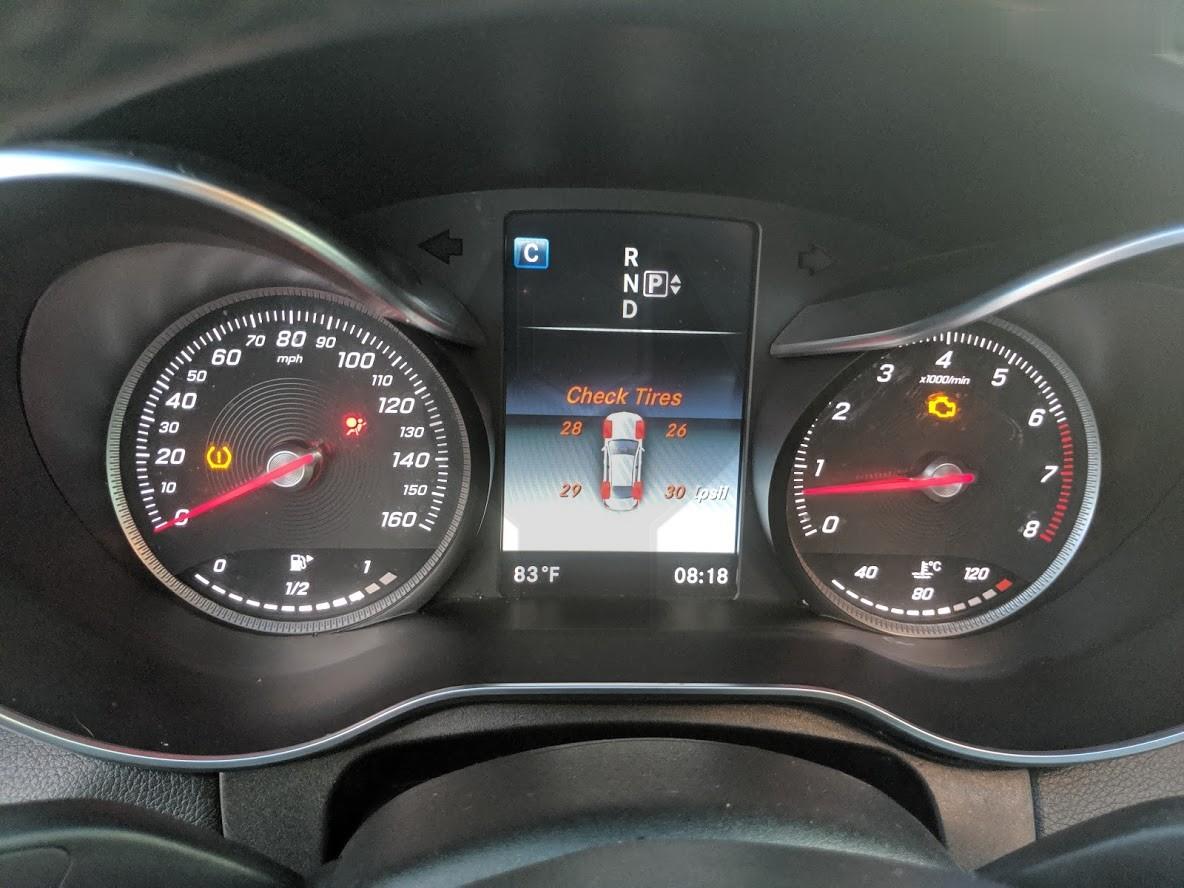
Another widespread issue that we notice with cars that are parked for an extended period, as is the case during quarantine, is low tire pressure.
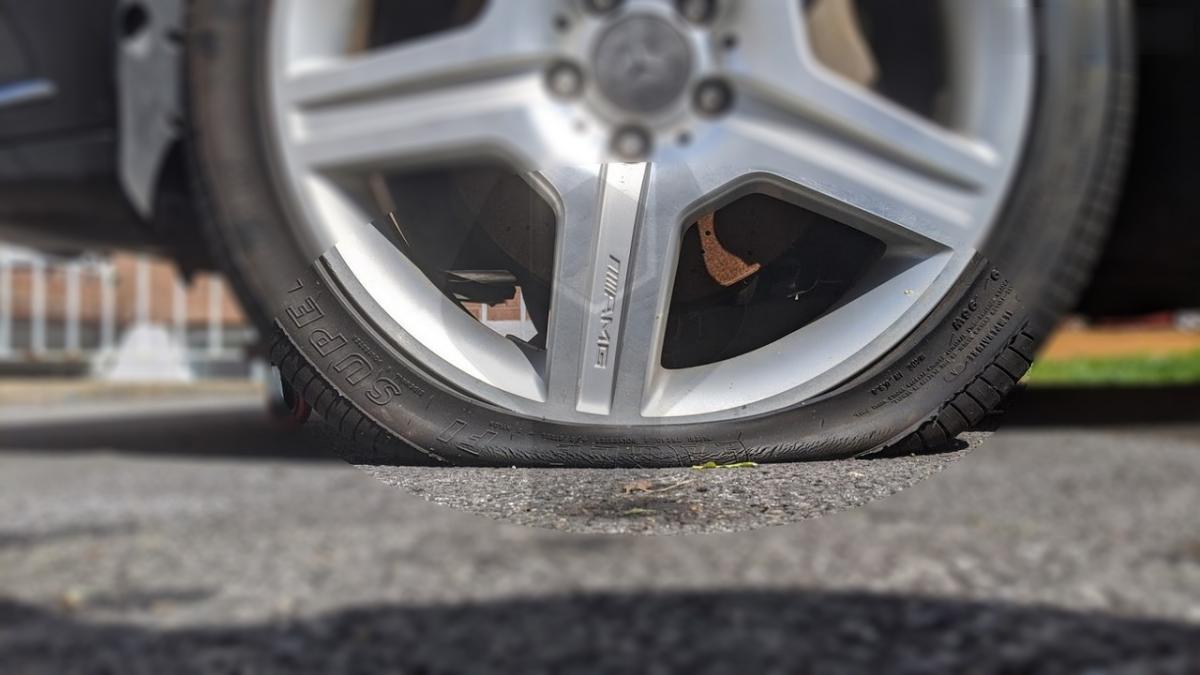
Driving with low tire pressure can damage the tire sidewall and will require the tire to be replaced.
To inflate a car tire at home is very easy. Grab a 12 Volt Tire Inflator and plug it in the cigarette outlet, or if it has a build-in battery, just turn it on. You will be able to inflate a tire in about 5 to 10 minutes. If you have to plug it in the cigarette outlet, it is essential to keep the engine running while you inflate the tire to avoid draining the car battery. If the vehicle is inside a garage, keep the area well ventilated and the garage door open while the car is running.
It is essential to inflate the tires to the recommended pressure, which for most cars, is 35 PSI. To find out the recommended tire pressure for your vehicle, open the driver’s door or the fuel door, and you will see a sticker that shows the recommended tire pressure.
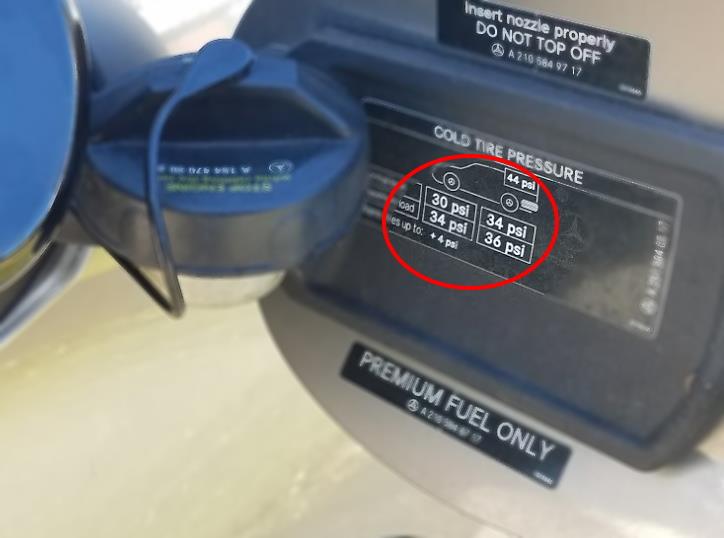
Tire inflators can be purchased online or at most local auto parts stores, assuming you can find one open, and you are allowed to go out.
Tire Dry Rot
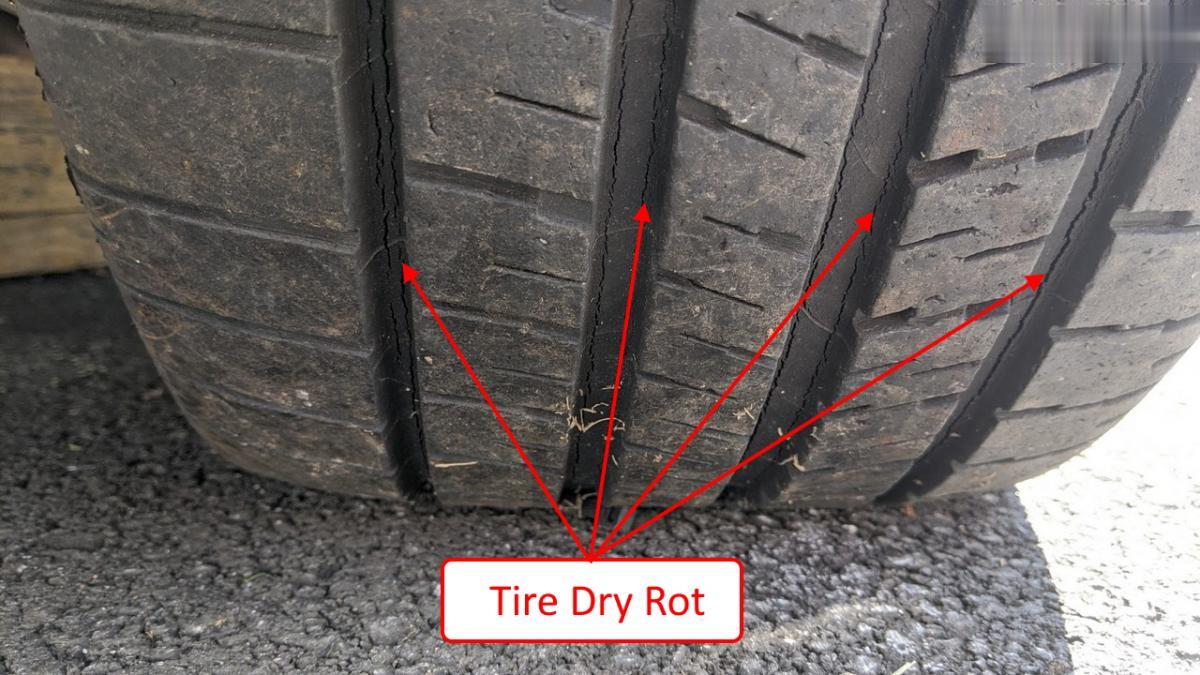
Another crucial reason why you need to move your car once a week is to avoid tire dry rot. If the vehicle is not moved, the tires can dry rot or create a flat spot where the tire contacts the ground. If you can’t drive the car during the quarantine, at a minimum, move the vehicle forward or backward a couple of feet once a week.
Inactivity during quarantine, low tire pressure, and excessive heat are the primary culprits that cause car tires to dry rot.
Fluid Leaks May Develop
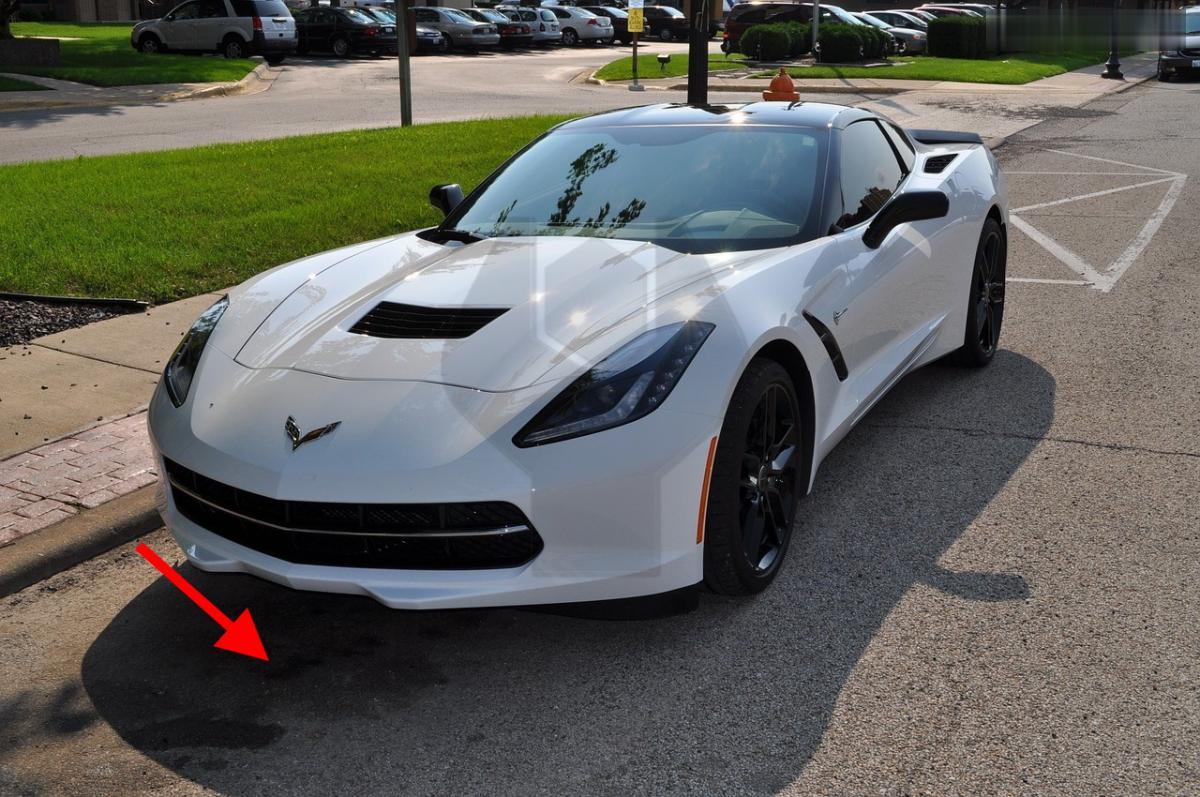
Coolant and oil leaks may be more noticeable now that the car has been parked for several days or weeks, especially on high mileage cars.
Drive the car back a few feet, turn it off, and inspect the ground. Make sure there are no oil puddles. A couple of oil drips may be acceptable for an older car, while newer vehicles that are under warranty should not have any oil leaks.
Oil Will Breakdown
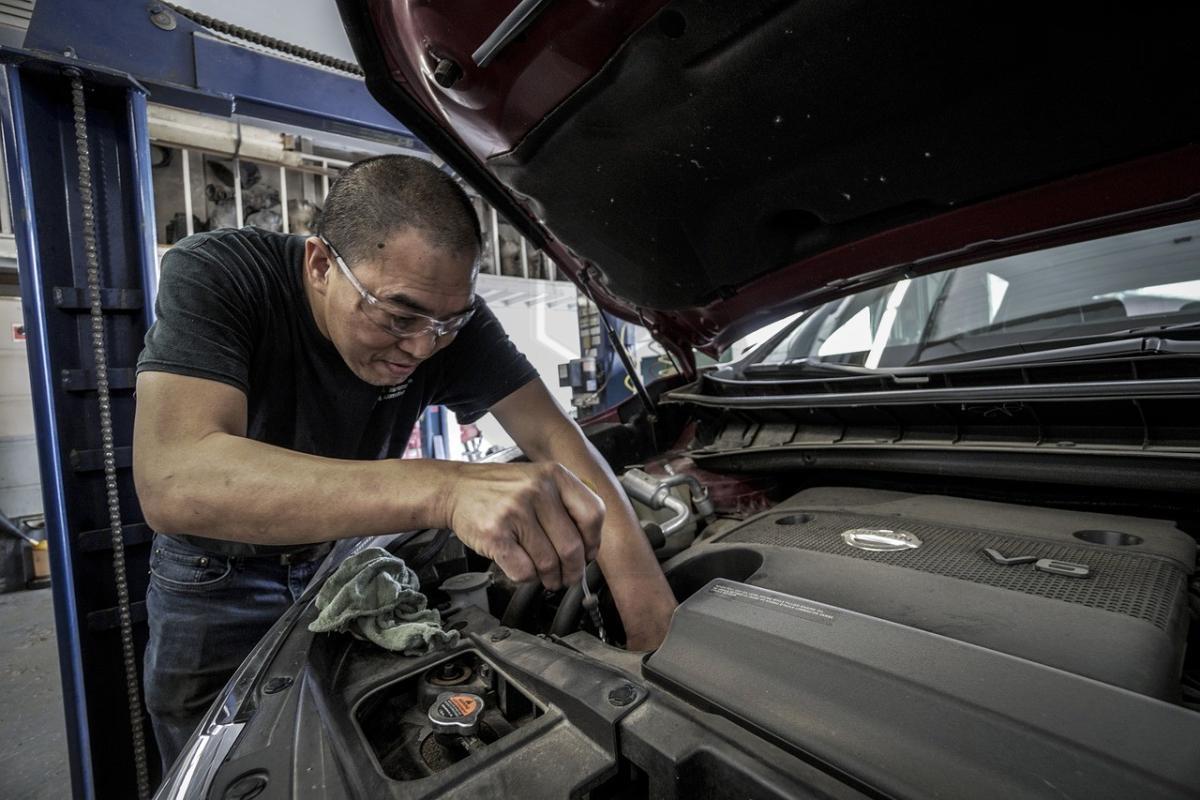
Oil breakdown happens over time regardless whether the car is being used or not. It is recommended to change the oil every three months or six months, depending on oil type.
Synthetic oils generally don’t need to be changed as often as conventional oils because they don’t break down as quickly.
When it comes to the oil change during the pandemic, it is crucial to change the oil based on the recommended time interval, not mileage. Look at the oil sticker that is on the windshield. It will have a distance limit and a due date.
Change the engine oil by the due date even if you have not driven many miles. Especially if you are using conventional oil that needs to be changed every 3000 miles or every three months.
Luxury cars such as Mercedes-Benz and BMW have much longer service intervals, typically over 10,000 miles. These manufacturers monitor the condition of the oil and display a warning on the dashboard when the oil needs to be replaced. If you are not sure when you need to change your engine oil, call your closest dealer or mechanic and ask for their advice.
Getting your car back on the road after quarantine
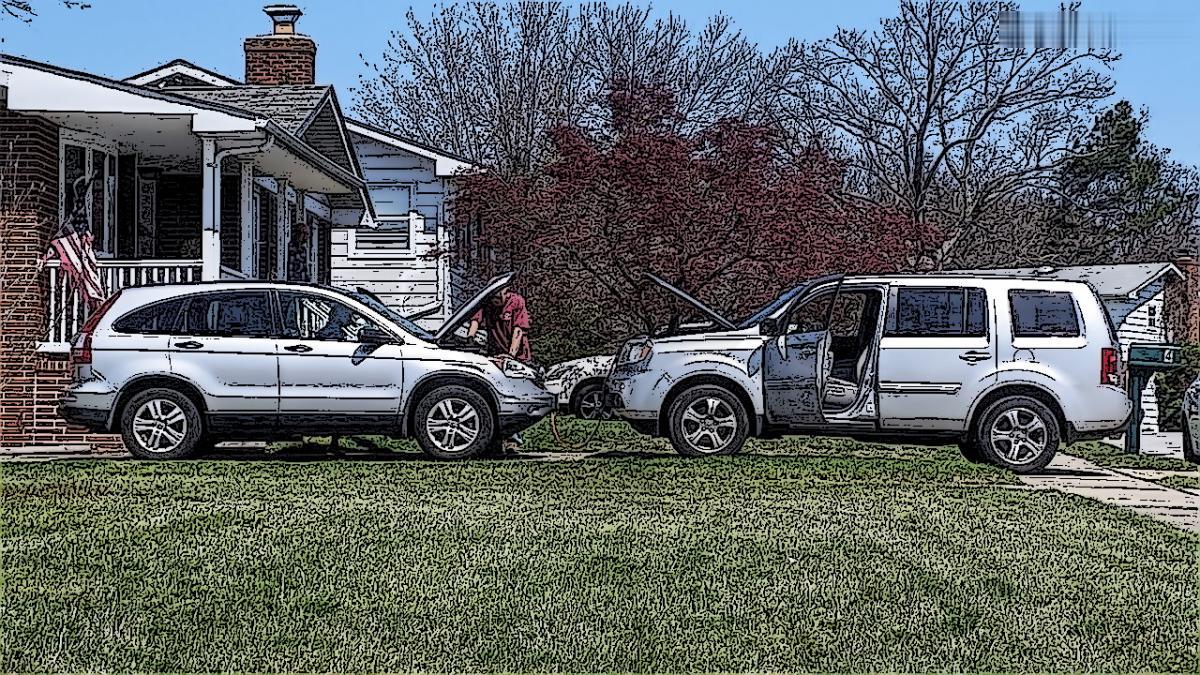
A car, truck, or SUV needs to be maintained even during quarantine when the vehicle is not in use. If it is not, you better get your jumper cables ready or get that jump box fully charged.
If basic maintenance is ignored, the battery may drain, rotors may rust, fluids can leak, and other issues can develop, which can end up as costly repairs down the road.
While it is ok to keep the car parked in the garage or driveway for weeks, following these simple steps can help you keep your vehicle in excellent condition.
Before you get your car back on the road, it is important to check fluid levels as well.
Check engine oil level.
Before you start the engine, open the hood and check the engine oil level.
Check the engine coolant level.
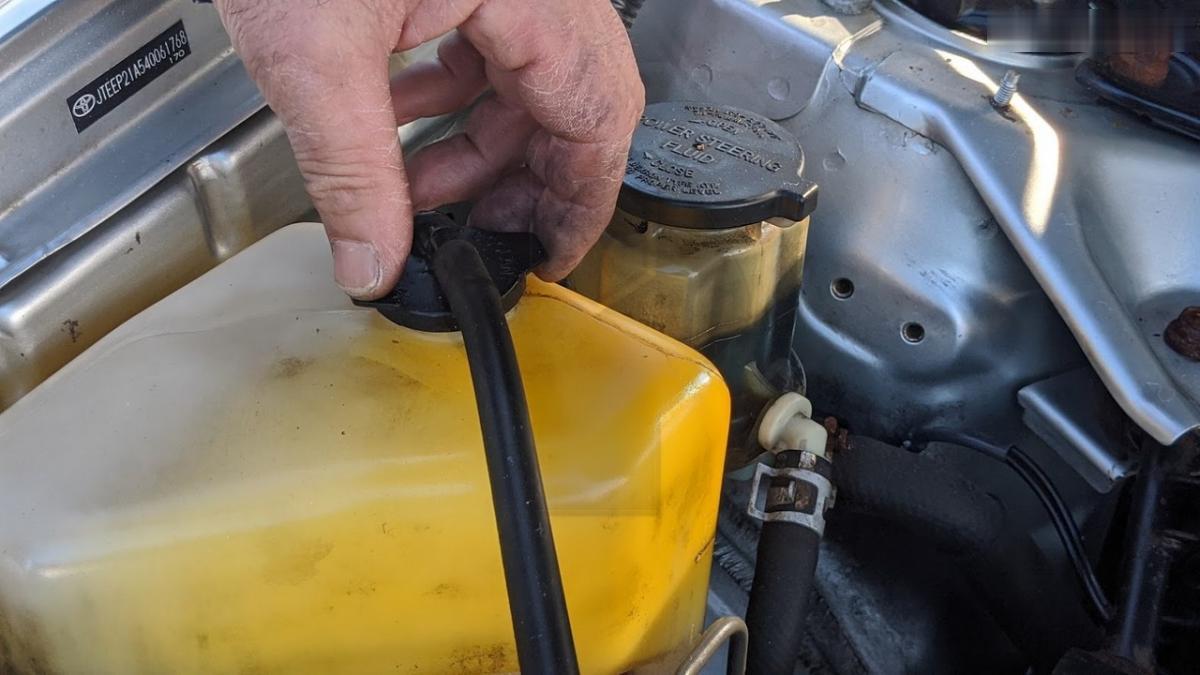
Check the engine coolant level as well before you start the engine. Do not open the radiator cap if the engine is hot.
Check power steering fluid.
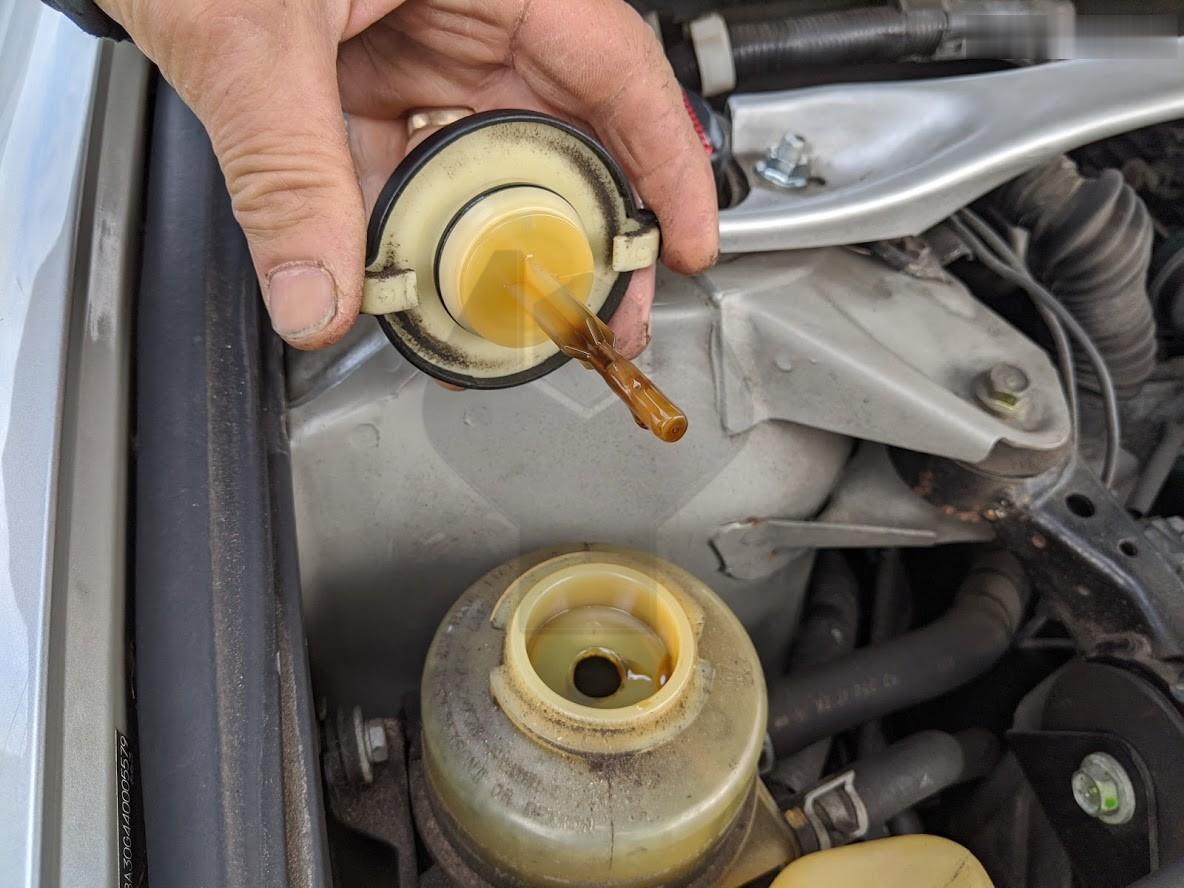
Check the power steering fluid level too. It is preferred to check the power steering fluid level after the engine has warmed up, but it can also be checked when the engine is cold. Vehicles with electric power steering will not have a power steering fluid reservoir. Skip this step.
Check transmission fluid level.
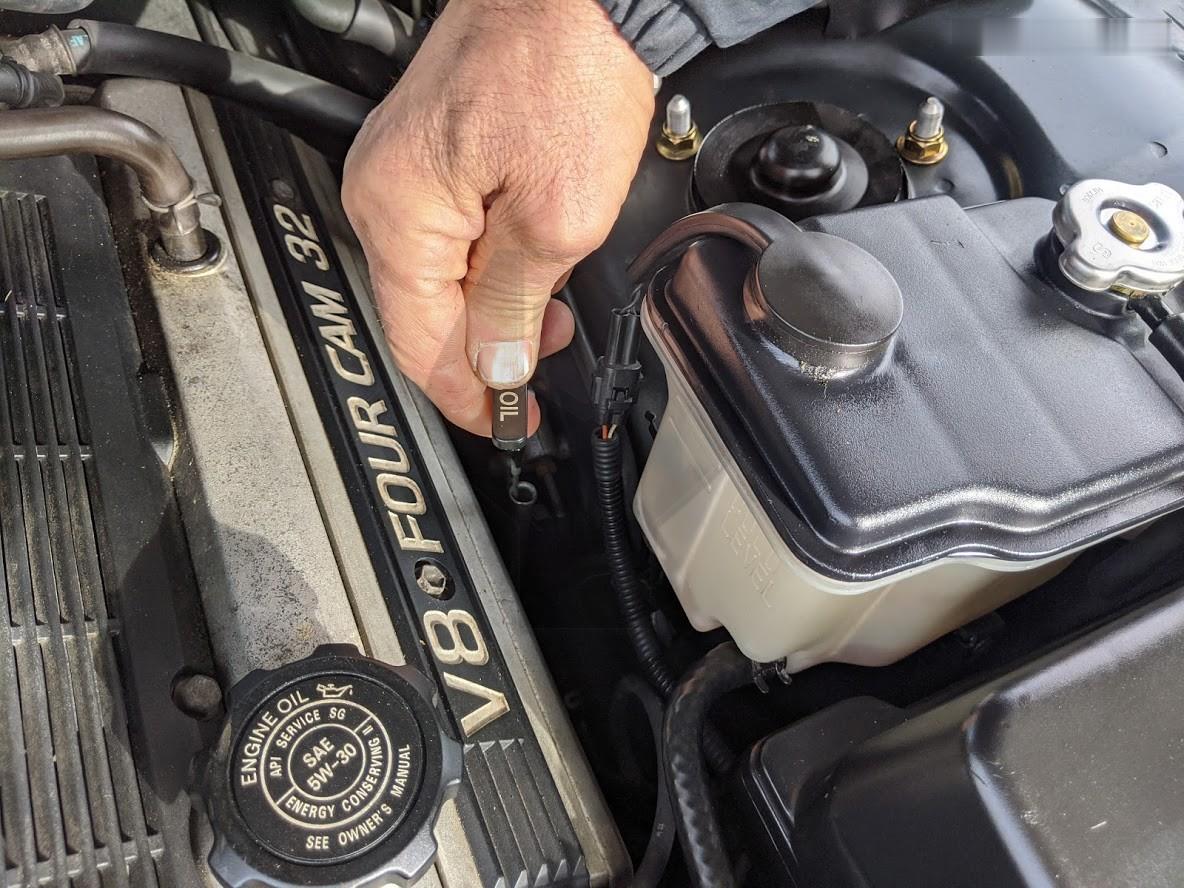
If your vehicle has a transmission dipstick, check the transmission fluid level as well. Not all cars have a transmission dipstick. You should check the level before you start the engine.
Then drive for 15 to 20 minutes making sure to shift between all the gears and recheck the transmission fluid level to get an accurate reading.
All car manufacturers, including Honda, Toyota, Ford, Chevrolet, Dodge, Mercedes-Benz, Lexus, BMW, Audi, Porsche, Jeep, recommend checking these fluid levels when the vehicle is parked for an extended time as is the case during a pandemic.
As you start to drive the car, you may hear a rubbing sound coming from the brake pads and rotors, which is normal and should go away after 20 to 25 minutes of driving. See a mechanic if the noise is still present after driving for at least 50 miles.
These tips will not only help keep your car in great shape but also extend the life of your vehicle components such as tires, battery, and engine. Ignoring them may mean that in addition to needing a jump-start, the life span of your battery and tires may be shorter than expected.
Don’t forget to share this article with your friends and family to help them.
